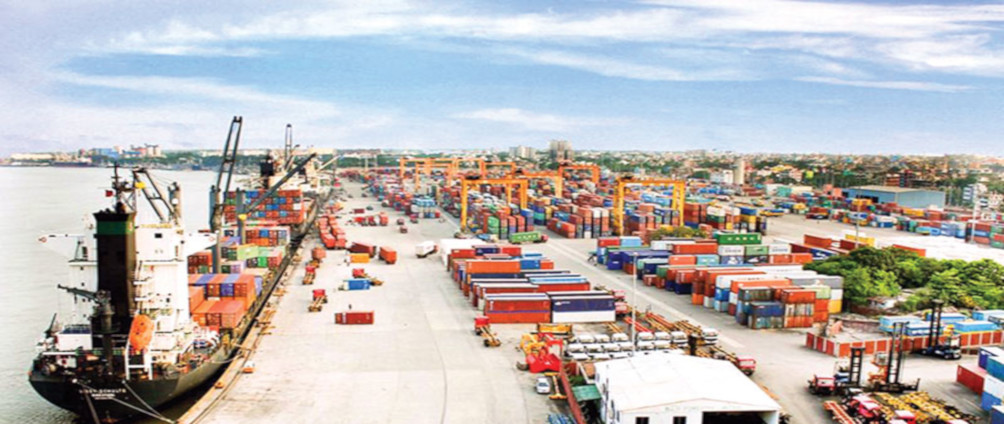17 December, 2017

Economic interdependence is the key aspects of regional and international integration, among others. But, economically growing South Asia is the least integrated region in the world with reported three per cent intra-regional FDI and less than five per cent intra-regional trade. Whereas, connectivity is considered as a sine quo non for regional integration, the proposed Motor Vehicle Agreement (MVA) under SAARC and BBIN is in limbo. Pakistan had stalled from signing the SAARC-MVA on the pretext of being unable to complete its internal process during last SAARC summit in Kathmandu. Bhutan rejected inking the sub-regional BBIN-MVA stating that influx of vehicles from the BBIN countries will impact its domestic transporters and contribute to the degradation of the environment. The deeply-rooted Indo-Pakistan conflict and clashes of national interest among the member states are hindering regional integration process in South Asia.
The regional confidence-building measure is intrinsic in order to promote regional integration and mutually inclusive economic prosperity. Due to bilateral and multilateral contentious issues the vision of integrated South Asia, hasn't yet witnessed a major break-through. In order to resuscitate the South Asian regional integration process, trilateral and sub-regional mechanisms can be considered as the proactive policy approach. In this regard, tripartite cooperation between Bangladesh-India-Nepal can be the one important complementary initiative for regional cooperation, but not an exclusionary one.
Geographically, Nepal and Bangladesh both share borders with India but are separated by a 27-km long Siliguri Corridor of West Bengal of India, popularly known as Chicken's Neck. In a round-table meeting entitled “Prospects and Challenges on Nepal-India-Bangladesh Trilateral Co-operation” jointly hosted by the Asian Institute of Diplomacy and International Affairs (AIDIA) and Embassy of the People's Republic of Bangladesh this month in Kathmandu, Dr Gowher Rizvi, International Affairs Adviser to Prime Minister Sheikh Hasina talked about ‘ignored proximity' by the member states and stressed on promoting commonalities as the first steps towards trilateral and regional cooperation. Dr Rizvi primarily stated cross-border connectivity and energy cooperation should be the central part of our common effort to promote the inclusive economic growth of the region.
At the meeting, Chandra Kumar Ghimire, Secretary, Ministry of Commerce, Nepal emphasised on the importance of mobilising total strength to promote cross-border economic activities via connectivity..
Nepal doesn't have direct sea access and completely relies upon Haldiya Port in Kolkata for third country trade. However, Nepal has been offered some other port facilities by respective governments, which can be considered as the true milestone. The letters of exchange (LoEs) signed between Nepal and India in 2016 during the tenure of the then Prime Minister KP Oli, Nepal can use Vishakhapatnam Port for its third country import and export.
Similarly, the government of Bangladesh has provided transit facilities to Nepal in Chittagong and Mongla Ports. China had also agreed to provide sea access for Nepal via the Chinese port of Tianjin, located at a distance of 3,000-km from the Nepal border. With serious assessment of the comparative advantages, Nepal needs to prioritise and make use of these port facilities. .
Similarly, both Bangladesh and India had agreed to provide rail transit facilities to Nepal through the Singhabad (India)-Rohanpur (Bangladesh) broad gauge railway link for trade with Bangladesh and third countries. Apart from this, India has also provided the transit facilities to Nepal and Bangladesh through Kakadvitta-Banglabandha corridor. .
Currently, Bangladesh is producing 15,000 MW of electricity while Bangladesh predicts an increase in electricity demand to 35,000 MW by 2030. Whereas, India is the second largest country in demography and third in the economy, responsible for almost 10 per cent of the increment in global energy demand. But still India is supplying much-need electricity to Nepal and Bangladesh (around 1000MW). On the other hand, Nepal has abundant unexploited hydro-power resource at its disposal. India very recently, has also agreed to facilitate import of electricity to Bangladesh from hydro projects in Nepal.
This article was first appeared in The Himalayan Times.
Other Research Articles
Pending Reforms Pose Continued Challenges for Renewable Energy Projects
March 25, 2024
BRI in Nepal: Issues and Challenges
March 18, 2024
France’s Indo-Pacific and Indian Ocean Regional Strategy Draws Closer to SL
February 28, 2024
The Diplomatic Impasse of Indo-Canadian Relations: A Moment to Retrospect
October 15, 2023